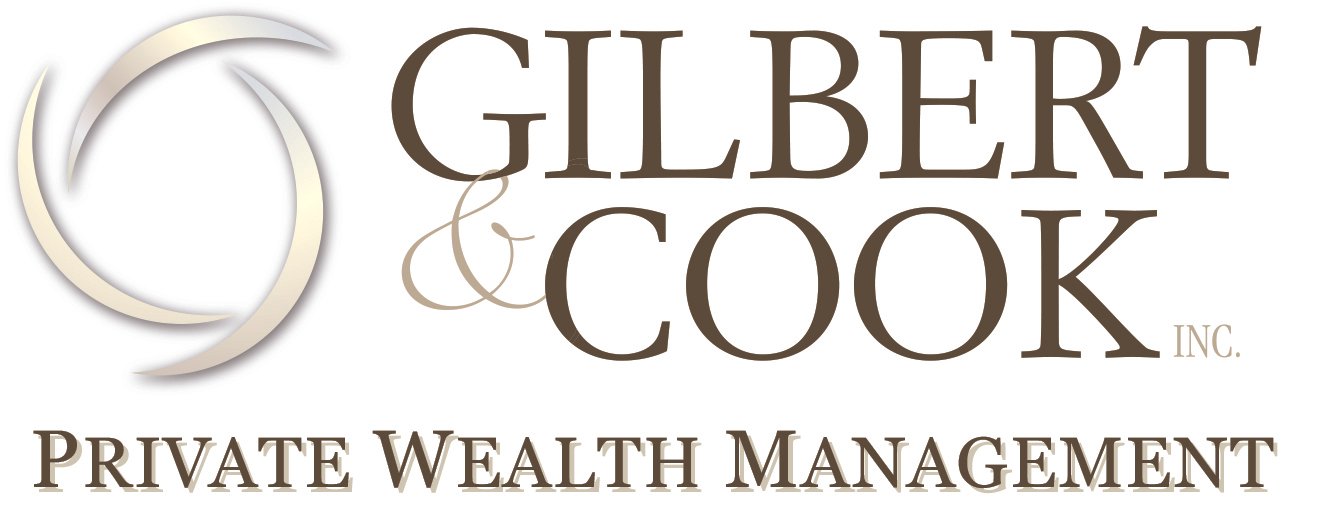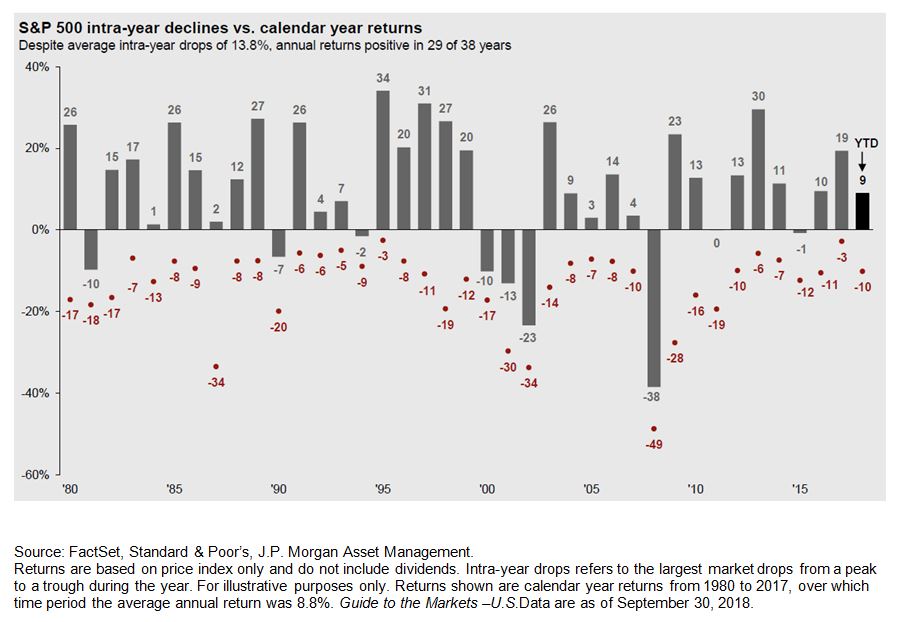SECURE ACT 2.0 - What you need to know
/In the final days of 2022, Congress passed a new set of rules designed to make it easier to contribute to retirement plans and access those funds earmarked for retirement.
SECURE 2.0 builds upon its predecessor, the Setting Every Community Up for Retirement Enhancement (SECURE) Act, which was passed in 2019.
The sweeping legislation has dozens of significant provisions. To help see what changes may affect you, the major provisions of the new law are broken down into four sections below.
New Distribution Rules
The RMD age will rise to 73 in 2023. By far, one of the most critical changes was increasing the age at which owners of various retirement accounts MUST begin taking required minimum distributions (RMDs). Starting in 2033, RMDs must begin at age 75. If you turned age 72 before January 1, 2023, you must continue taking distributions under the prior rules. But if you are turning 72 in 2023 and have already scheduled your withdrawal, we may want to revisit your plan.1
Reduction in the RMD Excise Tax. Previously a 50% excise tax was imposed if you missed taking an RMD by the deadline. Starting in 2023, if you miss an RMD for any reason, the penalty tax drops to 25%. If you fix the mistake promptly, the penalty may drop to 10%.2
New Accumulation Rules
401(k) and Employer-sponsored Plan Catch-Up Contributions. Starting January 1, 2025, employees aged 60 through 63 can make catch-up contributions equal to the greater of $10,000 (indexed annually for inflation) or 150% of the regular catch-up limit to workplace retirement plans. Also, the catch-up amount for people aged 50 and older in 2023 has increased to $7,500. However, beginning in 2024, all catch-up contributions for those earning more than $145,000 in a particular year will have to be (taxable) Roth contributions.3
Traditional and Roth Catch-Up Contributions. Currently, individuals aged 50 or older can make an additional catch-up contribution to a Traditional or Roth IRA up to $1,000 per year. In 2024, the $1,000 amount will be indexed for inflation on an annual basis.
Automatic Enrollment. Beginning in 2025, the Act requires employers in newly-established plans to enroll employees into workplace plans automatically at a 3% contribution rate. The contribution rate automatically increases by 1% per year until the employee is contributing at least 10%. However, employees can choose to opt-out.4
Student Loan Matching. In 2024, companies can match employees’ student loan payments with retirement contributions. The rule change offers workers an opportunity to receive employer-funded retirement plan contributions while paying off their student loans.5
Revised Roth Rules
529 to a Roth. Starting in 2024, pending certain conditions, individuals can roll a 529 education savings plan into a Roth IRA. If your child gets a scholarship, goes to a less expensive school, or doesn't go to school, the money can get repositioned into a retirement account. Individuals will be able to roll over up to a total of $35,000 from 529 plans to a Roth IRA for the same beneficiary, provided 529 accounts have been held for at least 15 years. The annual rollover amounts will be subject to the annual Roth IRA contribution limit, but not the Roth IRA income limits. Any contributions to a 529 plan within the last 5 years (and the earnings on those contributions) are ineligible to be moved a Roth IRA.6
SIMPLE and SEP. From 2023 onward, employers can make Roth contributions to Savings Incentive Match Plans for Employees or Simplified Employee Pensions.7
Employer Matching Roth Contributions. Previously, employer matching contributions were required to be deposited into each employee’s pre-tax account in the retirement plan. The new legislation allows employer matches to the Roth portion of the account for electing employees. Note, however, that electing a Roth match will subject the employee to taxation on the matching amount contributed to the plan by the employer.
Roth 401(k)s and Roth 403(b)s. The new legislation aligns the rules for Roth 401(k)s and Roth 403(b)s with Roth Individual Retirement Account (IRA) rules. Effective January 1, 2024, the legislation no longer requires minimum distributions from Roth Accounts in employer retirement plans.8
Act Highlights
Support for Small Businesses. Beginning January 1, 2023, the new law will increase the credit to help defray the administrative costs of setting up a retirement plan. The credit increases to 100% (from 50%) for businesses with less than 50 employees. By boosting this credit, lawmakers hope to remove one of the most significant barriers to small businesses offering a workplace plan.9
Qualified Charitable Donations (QCD). From 2023 onward, QCD donations will adjust for inflation. The limit applies on an individual basis, so for a married couple, each person who is at least 70½ years old can make a QCD as long as it remains under the limit (currently $100,000 per taxpayer per year).9 Individuals will also be able to make a one-time distribution of up to $50,000 to a charitable remainder trust or charitable gift annuity. 10
New Exceptions to the 10% early-withdrawal penalty. Generally, distributions from a retirement savings account before age 59½ are subject to an early withdrawal penalty unless an exception applies. The new legislation provides several new exceptions to the penalty, including terminal illness, domestic abuse, payment of long-term care insurance premiums, to recover from a federally declared disaster area, and an emergency personal expense.
Retirement Savings Lost and Found. The Act intends to establish a searchable database for lost 401(k) plan accounts within two years of the legislation’s enactment.
Saver’s Credit transitioning to a Saver’s Match. Currently, low- and moderate-income taxpayers receive a credit up to $1,000 for retirement savings. Starting in 2027, the credit transitions into a match that will be contributed to the individual’s retirement account.
Other Highlights
There are several additional provisions in the new SECURE Act 2.0 legislation. A few examples include providing credits for enrolling military spouses immediately in employer plans, expansion of lifetime income products in retirement plans, improved retirement plan coverage for part-time workers, S-Corporation ESOP opportunities, and several other provisions.
The provisions listed above summarize only a portion of the Secure Act 2.0. The Gilbert & Cook Team looks forward to analyzing the impact the changes have on your financial situation to best understand how to assist you in Living a Life of Abundance.
Also, retirement rules can change without notice, and there is no guarantee that the treatment of specific rules will remain the same. This article intends to give you a broad overview of SECURE 2.0. It is not intended as a substitute for real-life advice. If changes are appropriate, we will outline an approach and work with your tax and legal professionals, if applicable.
Sincerely,
Gilbert & Cook Team
The information in this material is not intended as tax or legal advice. It may not be used for the purpose of avoiding any federal tax penalties. Please consult legal or tax professionals for specific information regarding your individual situation. This material was developed and produced to provide information on a topic that may be of interest. The opinions expressed and material provided are for general information, and should not be considered a solicitation for the purchase or sale of any security.Citations:1. Fidelity.com, December 23, 20222. Fidelity.com, December 22, 20223. Fidelity.com, December 22, 20224. Paychex.com, December 30, 20225. PlanSponsor.com, December 27, 20226. CNBC.com, December 23, 20227. Forbes.com, January 5, 20238. Forbes.com, January 5, 20239. Paychex.com, December 30, 202210. FidelityCharitable.org, December 29, 2022






